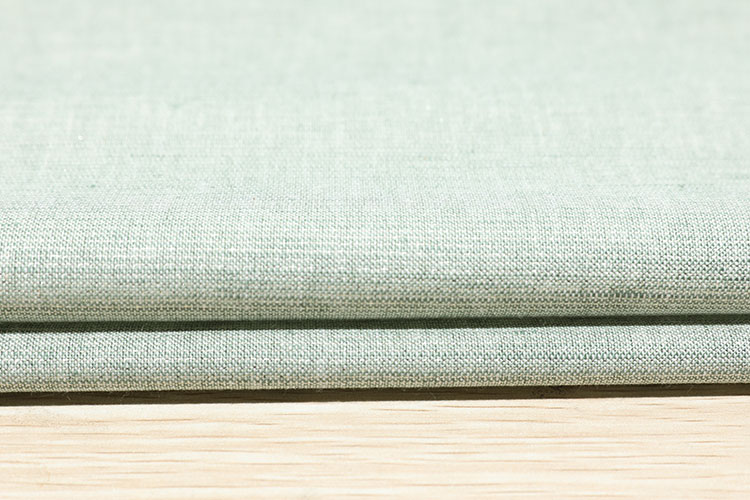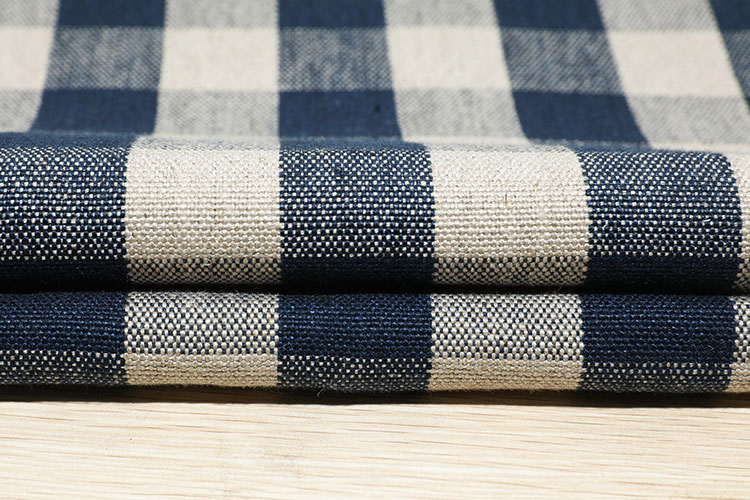Jute is a plant fiber that has been used for textile purposes on the Indian subcontinent for at least 5,000 years. The earliest evidence of jute production dates back to 3000 BC, though other pre-Colombian societies may also have grown jute. Until the advent of European colonialism, cotton production had a prominent place in Indian society, and jute was used in many ways to make cloth. After the British landed in India, however, jute became an important cash crop for the British.
The process of dying jute involves combining a colored compound, or mordant, with a cellulosic fibre to create a particular colour. The dye must contain unsaturated groups, known as chromophores, and must be soluble in water. The process of dyeing is complex, and is ideal for fabrics with a pale to medium depth of shade. It is important to choose a dye that has the right colour for a particular cellulosic fibre, as the colour will affect how the fabric is absorbed.
Water is the main medium used to carry the dyes. As the fibres are swollen, the dye molecules can enter. Sodium sulphate or trisodium phosphate are also added to the dye bath during this process. This process takes about an hour and involves two steps: bleaching and dying the jute fabric, and fixating the dye. After this, the fabric is washed and dried.
The process of dying jute fabric involves the application of different chemicals. A good dyeing process requires well-prepared jute fabric. The fabric is bleached several times so that the dye is evenly applied to all parts of the fiber. If the dyeing process is successful, the dyed jute fabric will be long-lasting and durable. Afterwards, it is important to keep the fabric in its optimum treatment condition.
As an alternative to cotton, Jute-Cotton blends are another sustainable textile option. The two fibers are more affordable than cotton, and can be used to make heavier fabrics. Cotton jute dyed cloth has many advantages, including increasing the durability of clothing and textiles. Cotton is known to be one of the most versatile and reliable natural fibers, and jute and cotton can be used in almost any type of material.
Although jute is not a widely used fibre in the western world, it is an essential textile in India. This plant grows to 10 feet high and is harvested as one long string of fibers. Jute has the longest fibers of any natural fiber. Jute grows in similar conditions as rice, but requires an ambient humidity of at least 80% to grow properly. It is biodegradable and has a high sturdiness level.
The colour values of cotton jute dyed cloth can be increased by the choice of mordants. The chemical compounds of Rheum emodi can be used to dye jute/cotton or jute/wool fabrics. A natural dye powder can also be purchased at ALPS Industries Ltd. The chemical ingredients in Rheum emodi have been found to have excellent dyeing abilities on jute-cotton and wool fabrics.
While the dyed cloth is a highly sustainable option for making eco-friendly fabrics, the process is not free from potential toxicity. The material to liquor ratio is one to twenty. The treated fabric should be kept out of direct sunlight. The tannin introduced in the fiber matrix creates additional hydroxyl and carboxyl groups, which are necessary for the fabric to retain its colour. The process also introduces metal salt cations into the fiber. These metal complexes can cause a wide range of health problems.



 English
English Chinese
Chinese




 +86-573-81880066
+86-573-81880066 +86-13666752302
+86-13666752302 enbo_dong@126.com
enbo_dong@126.com